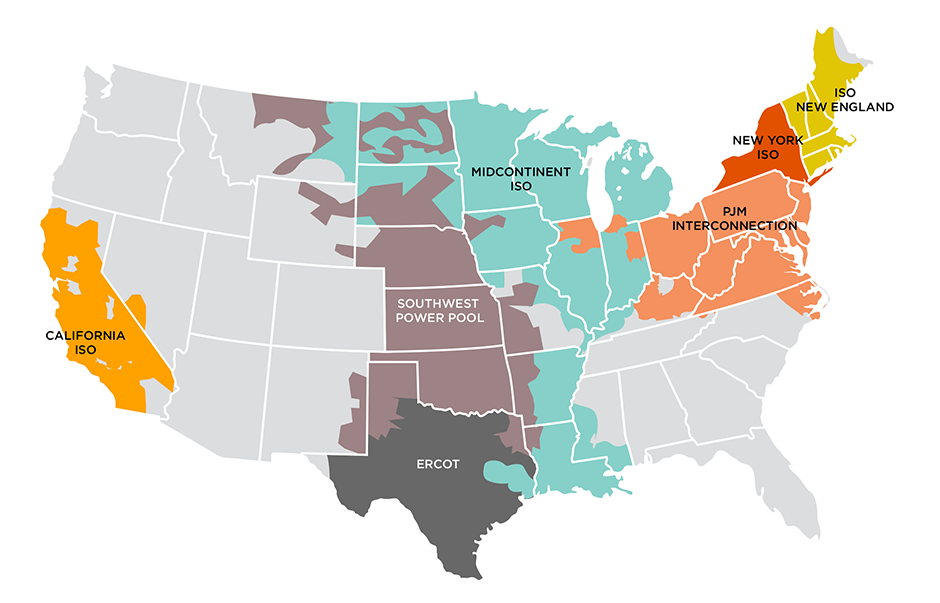Vibration, Vol. 7, Pages 1086-1110: Numerical Investigation of the Nonlinear Drill String Dynamics Under Stick–Slip Vibration
Vibration doi: 10.3390/vibration7040056
Authors: Mohammad Javad Moharrami Hodjat Shiri Clóvis de Arruda Martins
This paper presents a comprehensive analysis of the influence of rotary table velocity, weight-on-bit, and viscous damping on the drill string stick–slip vibration. The analysis allows for studying the qualitative and quantitative variation of the dynamic response of the drill pipes and drill collars/bit. To achieve this goal, a robust and practical finite element (FE) model of the full-scaled drill string was developed based on a velocity-weakening formulation of the nonlinear bit–rock interaction. A detailed investigation of damping parameters was carried out. The performance of the developed model was verified through comparisons with a lumped-parameter model and a field test example. Parametric studies on the stick–slip response of the entire drill string under different field operational conditions were conducted. The dynamical time series of the system response were analyzed in terms of the phase planes, response spectra, and descriptive statistics of the drill pipes and drill collars. The findings of the study revealed that for a realistic drill string geometry, the angular velocity (i.e., mean, peak-to-peak amplitude, and standard deviation) and dominant frequency of self-excited torsional stick–slip oscillations along the drill pipes and drill collars/bit are mainly governed by the rotary table velocity. Furthermore, it was shown that the contribution of higher harmonics in the torsional stick–slip response of the drill pipes is more substantial than the drill collars/bit.

 1 week ago
20
1 week ago
20


